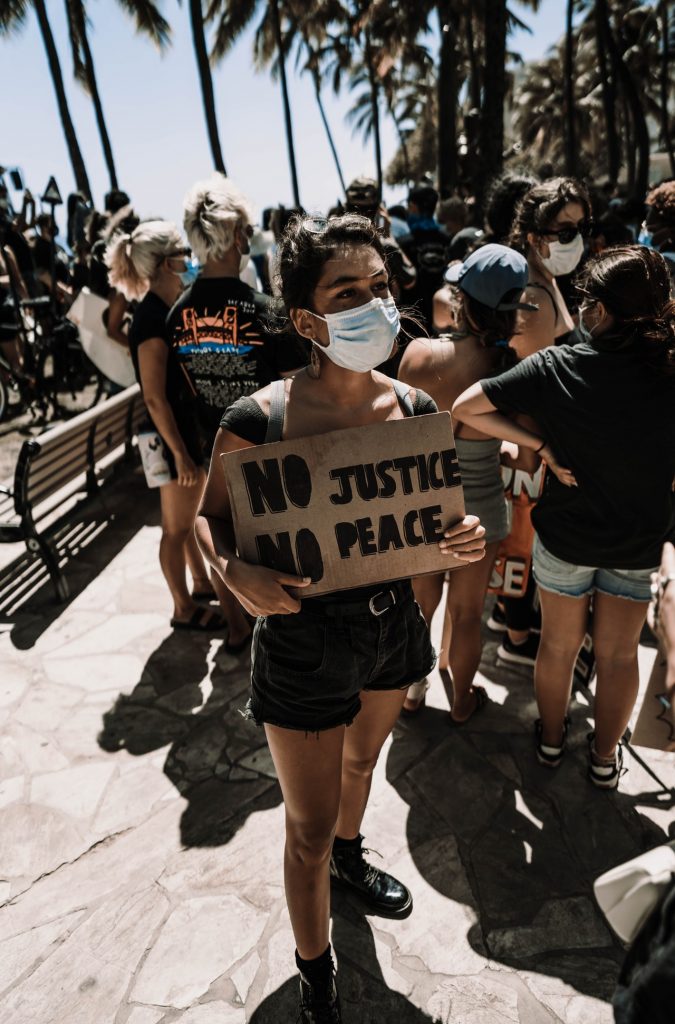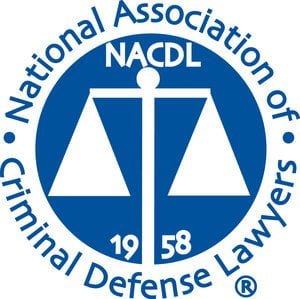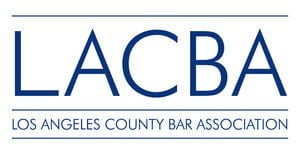
In American history, protests and demonstrations are instrumental in initiate change and progress in the USA. As long as participants can maintain some semblance of peace and uphold the law while exercising their First Amendment, protests should hypothetically go smoothly. Unfortunately, this is not always the case as demonstrations have been known to get out of hand with participants and law enforcement officers clashing, resulting in the need to disperse the crowd. When this happens, any effort to continue protesting is deemed an unlawful assembly, according to Section 408 of the Penal Code.
When do protests become illegal?
Protests escalate to an illegal status when they compromise the general safety of both participants and non-participants, or when they violate an already enforced law like a curfew, as we discussed in our “Arrested for Protesting or Curfew Violations?” article. Among them, criminal trespassing is a pretty common way to have a protest turn illegal.
Criminal Trespassing
Section 602 of the Penal Code is the guiding law for trespassing and has outlined 20 activities and acts that can be categorized as criminal trespassing. This ranges from carrying out an unsolicited activity on private property to venturing onto government property without authorization. For protestors advocating for justice or change in front of government buildings, they could also face charges for blocking access to the building and disturbing the peace. Additionally, buffer zones are sensitive areas around places like health facilities that strictly prohibit entry of protestors.
However, protests can still occur on certain types of private property like private parks. It should be noted that authorization on some private is assumed. On the contrary, if the owner explicitly retracts this right or asks participants to leave the premises, failure to do so is an automatic trespassing offense.
Penalties of criminal trespassing
The penalties of trespassing depend on several factors, including the charges applied, the circumstances surrounding the case, and the individual’s history. Trespassing conviction can result in either an infraction (if you’re lucky), a misdemeanor, or a felony sentence. A misdemeanor conviction carries a maximum of 6 months in county jail or $1,000 in fines. An infraction is probably the most lenient punishment as courts only ask offenders to pay minor fines. Finally, felony charges are more serious, especially if a violent intent, such as making criminal threats or vandalism, is part of the case. The maximum sentence for a felony conviction is three years and up to $2,000 in criminal fines.
Fighting Charges
Only a skilled attorney can successfully battle out trespassing charges. Here are some defenses lawyers use in court:
- No intent – Prosecution needs to prove that you willfully intended to interfere with the unauthorized property. Wondering off on land you did not even know was off limits is not grounds for a trespassing conviction.
- Consent – Defense can also try and prove that you had authorization. As we discussed before, as long as the owner did not explicitly revoke access or take extra steps to limit access, consent is presumed. For instance, those big conspicuous “No Trespassing” signs are a clear indication that the property is a no go zone.
- Did not interfere with business – Finally, the defense can put forward the argument that you entered a place of business but did not interfere with business. This defense goes hand in with consent. If the owners of the establishment did not ask you to leave, non-interference could be presumed.
If you want to know about protests and arrests, we already have that covered on “What Happens If I’m Arrested For Protesting?” However, if you were part of a protest group that is facing charges for criminal trespassing, please reach out to our firm via phone or website. Call us today and learn more. Our Criminal Defense Hero, Attorney Don Hammond, will work tenaciously to ensure the charges are dropped.









